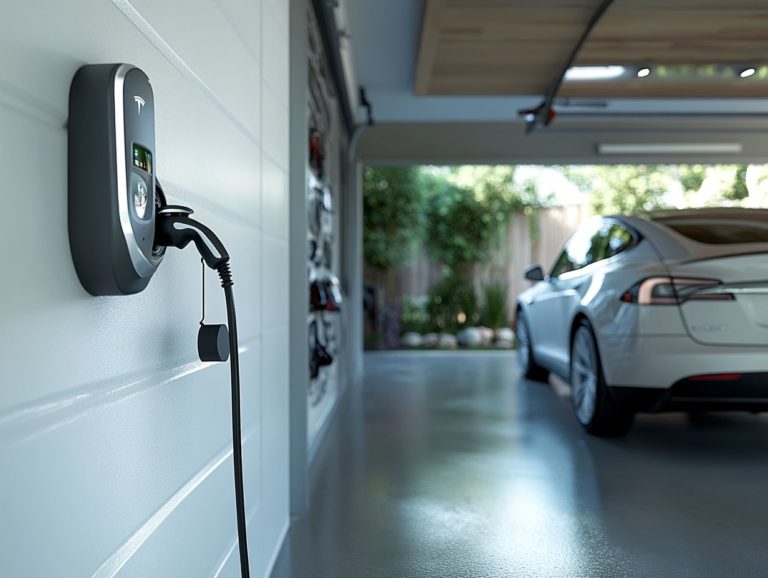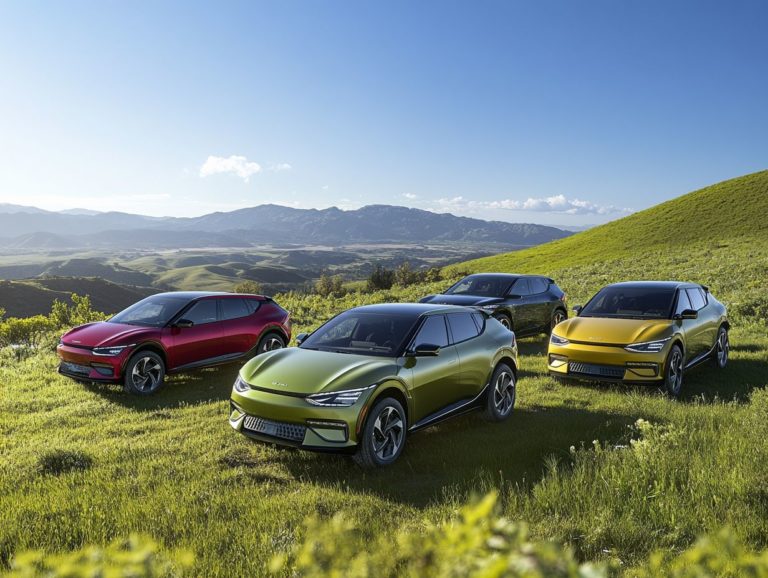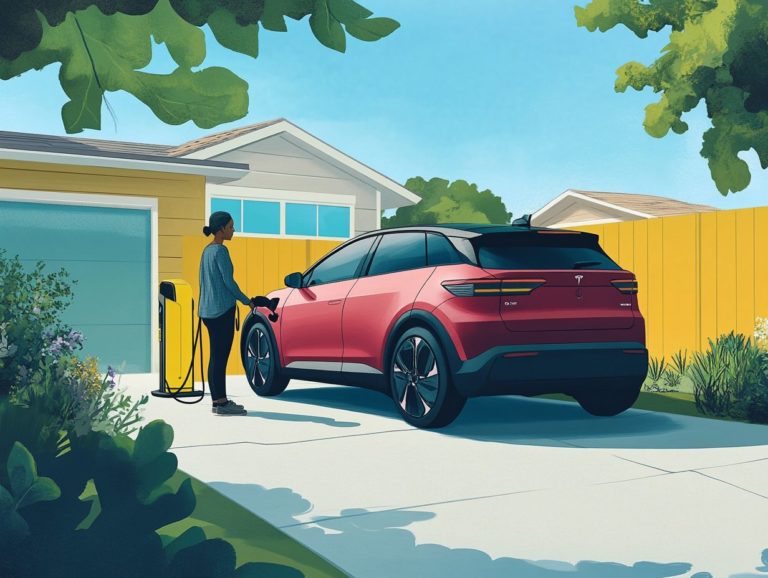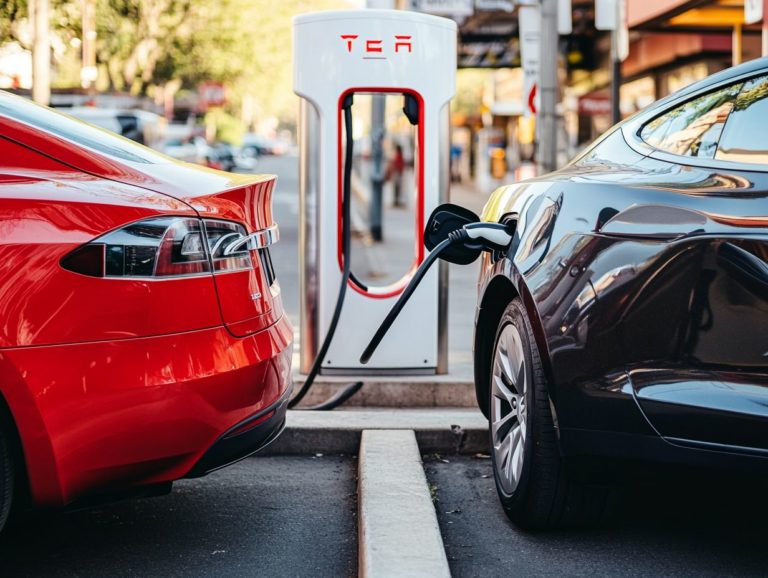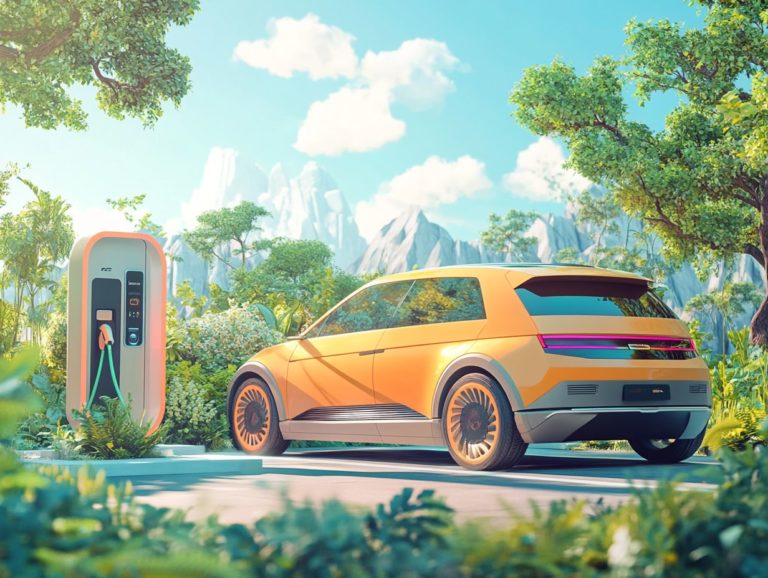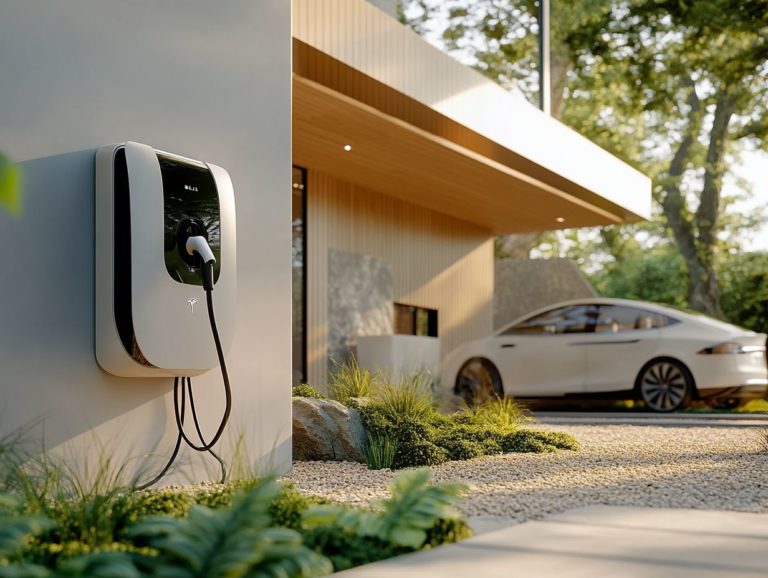How Electric Vehicles are Reshaping Fuel Economy
Electric vehicles (EVs) are a big change in how we think about cars. They help you save money and protect the environment.
EVs can cut down harmful emissions, benefiting both air quality and your wallet. You can also enjoy convenience, like not needing to stop for gas.
There are still some hurdles, like charging stations and driving range. But don’t forget, the government offers incentives to help you make the switch.
Let s dive into what the future of EVs looks like!
Contents
Key Takeaways:
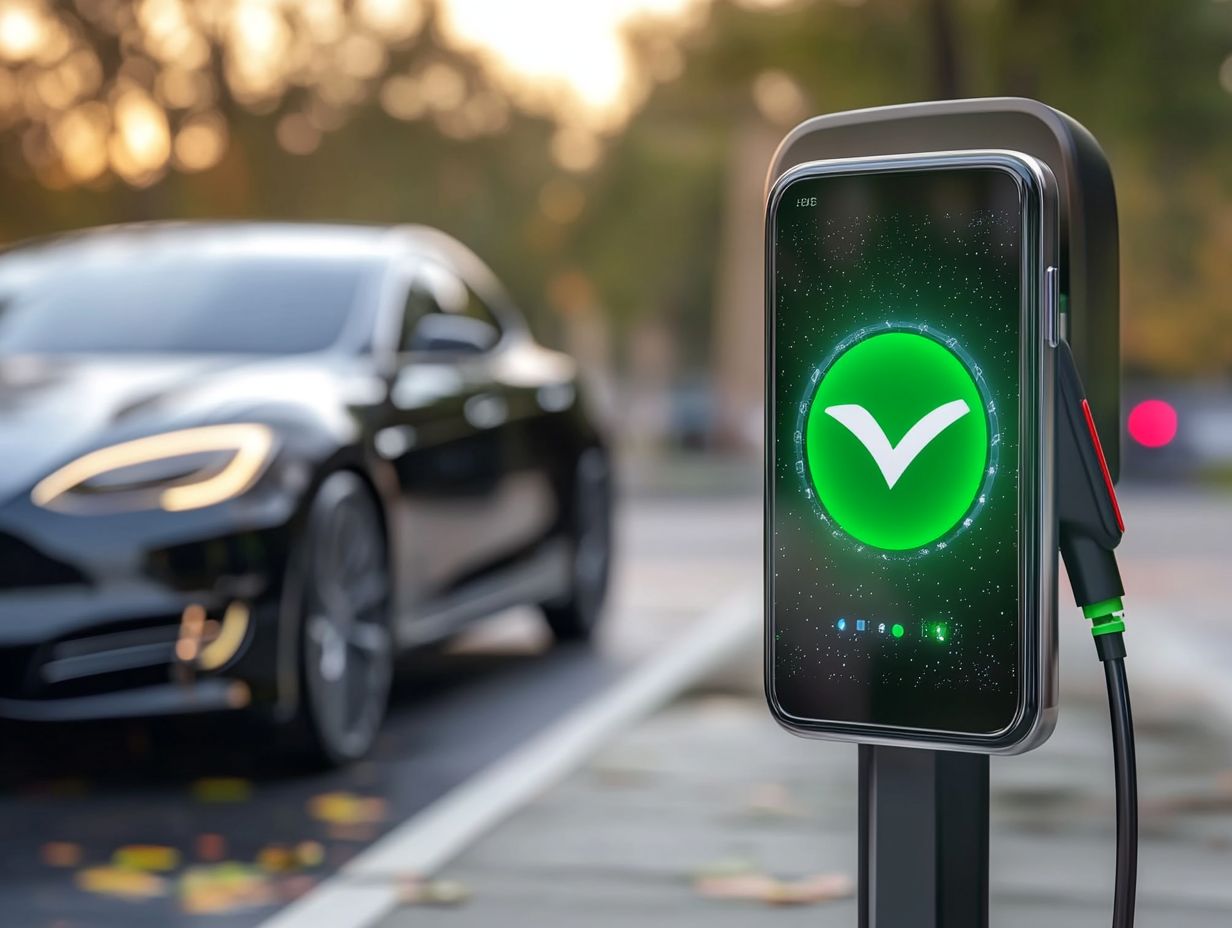
- Electric vehicles help reduce emissions and promote a cleaner environment.
- Consumers save money and enjoy convenience with electric vehicles.
- Government incentives are making it easier to transition to electric vehicles.
What are Electric Vehicles?
Electric vehicles (EVs) are changing the automotive world. They include all-electric vehicles (BEVs), hybrid electric vehicles (HEVs), and plug-in hybrid electric vehicles (PHEVs).
By choosing EVs, you can rely less on fossil fuels while enjoying better fuel economy and fewer emissions.
As more people choose EVs, car manufacturers are innovating to enhance performance and efficiency. They’re also integrating renewable energy sources into their processes.
BEVs offer zero tailpipe emissions, perfect for cities struggling with air pollution. HEVs and PHEVs blend traditional engines with electric power, giving you the flexibility of longer drives while using less gasoline.
These vehicles help lower greenhouse gas emissions, pushing us toward sustainable energy solutions. Automakers are investing in improvements to vehicle range and charging stations, making EVs more affordable for everyone.
Environmental Impact of Electric Vehicles
The impact of electric vehicles on the environment is impressive. They significantly cut down harmful emissions and support sustainable transportation.
When charged with renewable energy, EVs greatly reduce the carbon footprint of the transportation sector, helping combat air pollution and climate change.
According to the Environmental Protection Agency and the Energy Information Administration, switching to electric vehicles benefits everyone and is crucial for meeting environmental goals.
Reducing Emissions and Carbon Footprint
Electric vehicles are pivotal in your journey toward reducing emissions and minimizing your carbon footprint. This applies both as an individual driver and as part of the larger transportation sector.
By opting for EV technology over traditional gas-powered cars, you can significantly cut down on greenhouse gas emissions. Your actions align with the environmental goals championed by agencies like the Environmental Protection Agency.
Switching to electric vehicles helps combat climate change and boosts air quality in urban areas, resulting in a healthier community.
Research indicates that electric vehicles can slash greenhouse gases by up to 50% over their lifetime when compared to conventional vehicles. The EPA states that EVs produce zero tailpipe emissions. This means a substantial decrease in the pollutants released into the atmosphere.
When the electricity used to charge your vehicle comes from renewable sources, the overall emissions plummet even further. Organizations actively promote this shift through various incentives, subsidies, and infrastructure development.
Statistics show a nearly 4 billion-gallon reduction in gasoline consumption each year due to the rising adoption of EVs. These initiatives reflect a commitment to sustainable practices and set a benchmark for minimizing the carbon footprint in the automotive industry.
Benefits of Electric Vehicles for Consumers
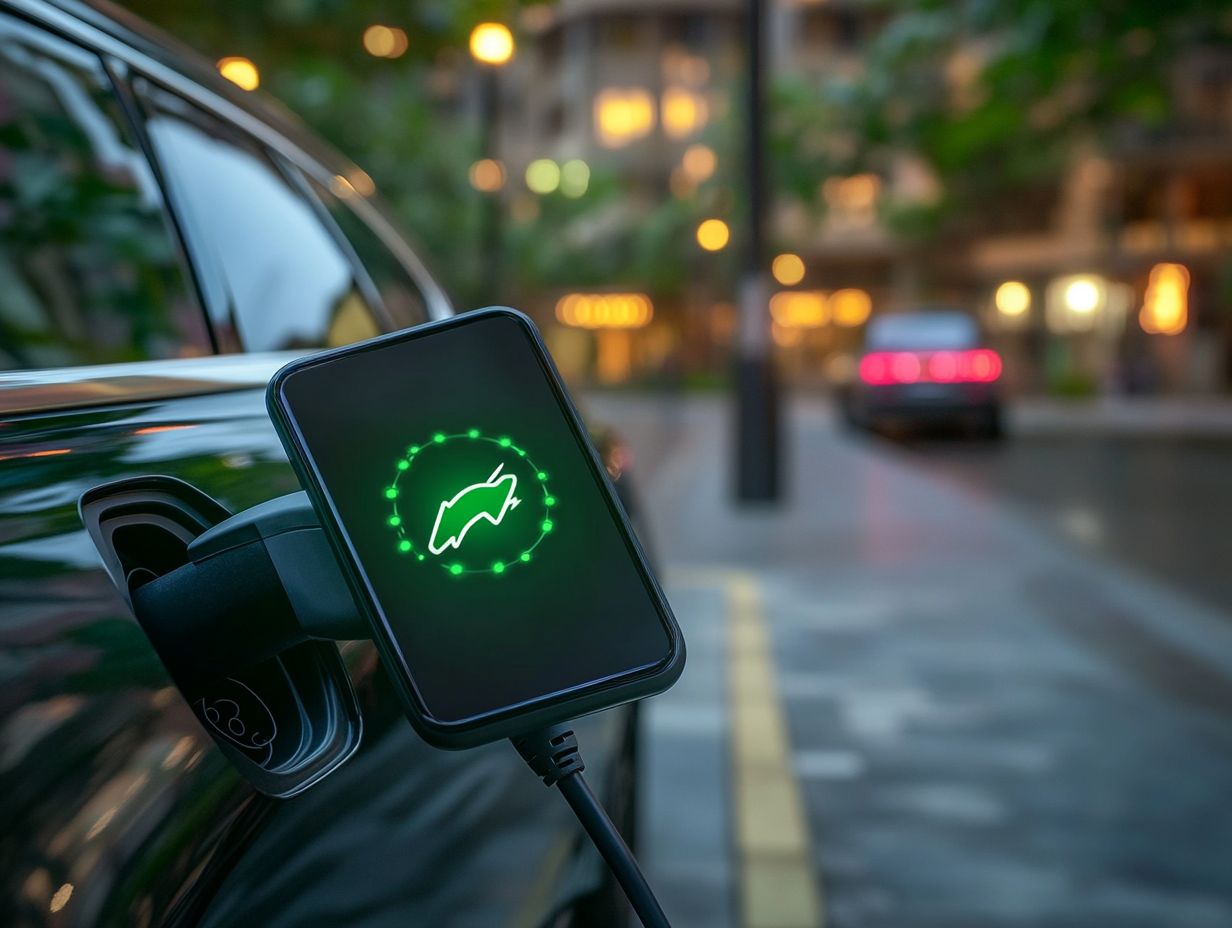
The advantages of electric vehicles go far beyond just being eco-friendly.
Think significant savings on fuel costs, enticing tax incentives, and the ease of energy-efficient transportation solutions.
By making the switch to an electric vehicle, you can dramatically cut down on your fuel expenses. Electricity costs are typically lower than gasoline prices.
Plus, you can benefit from clean vehicle tax credits that make owning an EV more financially feasible.
Many online vehicle cost calculators are available to help you grasp the total cost of ownership. This encourages you to explore electric vehicle options with confidence.
Cost Savings and Convenience
Switching to electric vehicles offers substantial cost savings and unparalleled convenience. Lower fuel costs and enticing incentives like clean vehicle tax credits make a difference.
By taking advantage of charging stations especially the growing network of public ones you can effortlessly recharge your vehicle at home or while you re out, significantly reducing your overall transportation expenses.
This convenience is enhanced by the reduced maintenance needs that typically come with electric vehicles. This makes them even more financially appealing.
Charging an electric vehicle often costs just a third of what you d spend filling up a gas tank. This is a compelling argument if you re looking to stretch your budget.
Many drivers find charging overnight at home fits their habits, leading to low energy costs.
Tax credits play a pivotal role in this transition as well. They make the initial purchase of an electric vehicle much more accessible, especially for those who may hesitate due to upfront costs.
These financial incentives not only motivate more consumers to consider EVs but also contribute to a sweeping shift toward sustainable transportation in our communities.
Challenges and Limitations of Electric Vehicles
Electric vehicles undoubtedly offer a wealth of advantages. However, they encounter several challenges that may influence your decision to adopt them and the overall growth of the market.
Among the key issues are the pressing need for a robust infrastructure to support charging stations and concerns about range limitations in battery electric vehicles (BEVs).
These factors can understandably dissuade potential buyers from making the switch.
To enhance the practicality of EVs, particularly in rural areas where access to charging facilities may be scarce, addressing these infrastructural needs is essential.
Overcoming Charging Challenges for Your EV Journey
Infrastructure and range limitations are critical concerns for electric vehicles, impacting their broader acceptance in the market. The number of charging stations, including public ones, is steadily increasing. However, many potential EV owners grapple with uncertainties about the accessibility and convenience of charging, especially during long trips.
The range limitations of battery electric vehicles (BEVs) can make you hesitate to shift away from traditional gasoline cars. This underscores the urgent need for advancements in battery technology and charging infrastructure.
Current data highlights that charging stations are still sporadically placed, making trip planning a must for EV users. Innovations in battery technology think solid-state batteries (a new type of battery that can last longer and charge faster) and faster-charging solutions are gradually mitigating these concerns. Enhanced battery capacity can significantly extend your driving range, enabling longer journeys without the hassle of frequent stops.
As charging infrastructure becomes more dependable and accessible, your confidence as a consumer might grow. This could lead to higher adoption rates. By tackling these challenges head-on, the perception of electric vehicles as a practical and convenient choice will undoubtedly bolster their allure in the automotive landscape.
Unlocking Benefits: Government Support for EV Owners
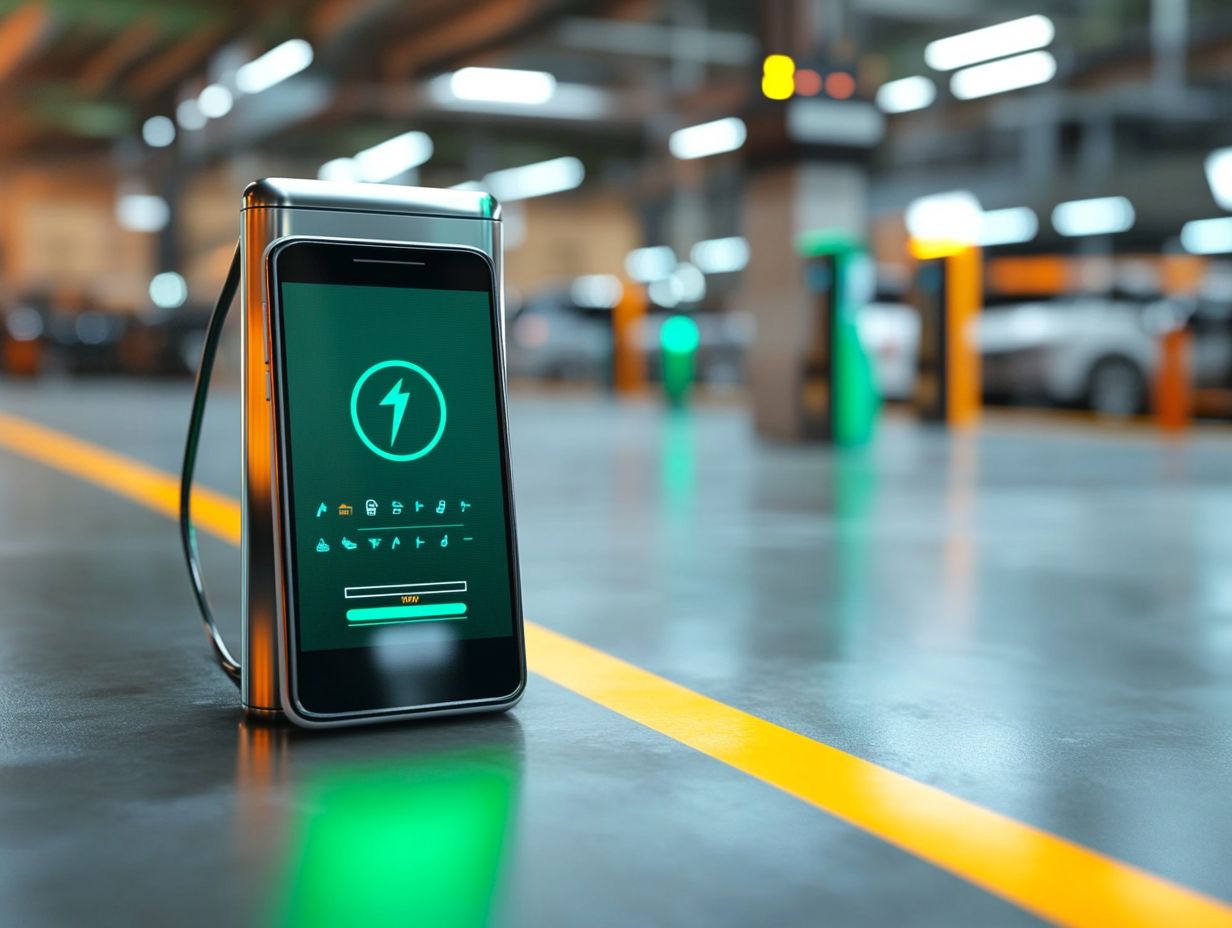
Government incentives and policies are pivotal in facilitating your transition to electric vehicles. They offer financial assistance and promote sustainable practices along the way. Programs like clean vehicle tax credits are designed to inspire you to embrace EVs. Organizations such as the Natural Resources Defense Council and the Energy Information Administration champion policies that support the development of charging infrastructure and the integration of renewable energy in the automotive sector.
These initiatives are crucial for lowering barriers to entry. They help you navigate a greener automotive landscape with ease.
Supporting the Transition to Electric Vehicles
To facilitate your transition to electric vehicles, government policies must act quickly to enhance the availability of charging stations and provide enticing clean vehicle tax credits. The Energy Information Administration underscores the importance of accessible charging infrastructure in alleviating worry about running out of battery. This ensures that electric vehicles can hold their ground against traditional gasoline-powered cars. Comprehensive policies that promote both consumer incentives and infrastructural development are essential for creating a seamless shift to a more sustainable transportation landscape.
Consider how governments can partner with private businesses to speed up the deployment of charging stations in urban and rural areas. Making them more convenient for everyday drivers like yourself is vital.
Expanding tax incentives not only piques consumer interest but also encourages manufacturers to innovate and produce a broader array of electric vehicle models. This creates a ripple effect, nudging consumer behavior to favor electric vehicles over conventional options.
Ultimately, effective policies will not only boost sales in the electric vehicle market but also significantly cut down carbon emissions. This paves the way for a cleaner, greener future that benefits everyone.
The Future of Electric Vehicles
The future of electric vehicles is set for remarkable growth, fueled by advancing technology, shifting consumer preferences, and a growing commitment from automakers to sustainability and efficiency.
As you navigate this expanding market, you’ll notice emerging trends like the integration of renewable energy sources into EV charging systems, significant enhancements in battery technology, and improved vehicle efficiency metrics. These developments not only make electric vehicles increasingly attractive to consumers but also play a vital role in fostering a more sustainable and resilient transportation landscape.
Get ready to join the electric vehicle revolution and make a positive impact on our planet!
Trends and Predictions for the Industry
Key trends and predictions for the electric vehicle industry reveal a substantial shift toward sustainability and innovation. Expect exciting advancements in technology that will make electric vehicles more affordable and accessible to a wider range of consumers!
Improvements in battery technology and the expansion of charging networks will likely overcome existing limitations. This will encourage higher adoption rates across various demographics.
With manufacturers increasingly investing in research and development, look forward to enhancements in driving ranges and faster charging times critical factors in alleviating range anxiety, which is the fear of running out of battery power before reaching a charging station. Reports indicate that by 2030, a significant percentage of new vehicle sales will be electric, driven not only by superior technology but also by supportive policy frameworks that aim to reduce carbon footprints.
Smart charging solutions will allow you to optimize energy consumption based on renewable energy availability. This innovation will further facilitate the transition to electric vehicles, creating a more sustainable ecosystem for both the environment and the economy.
Dive deeper into the world of electric vehicles and discover how they can transform your driving experience!
Frequently Asked Questions
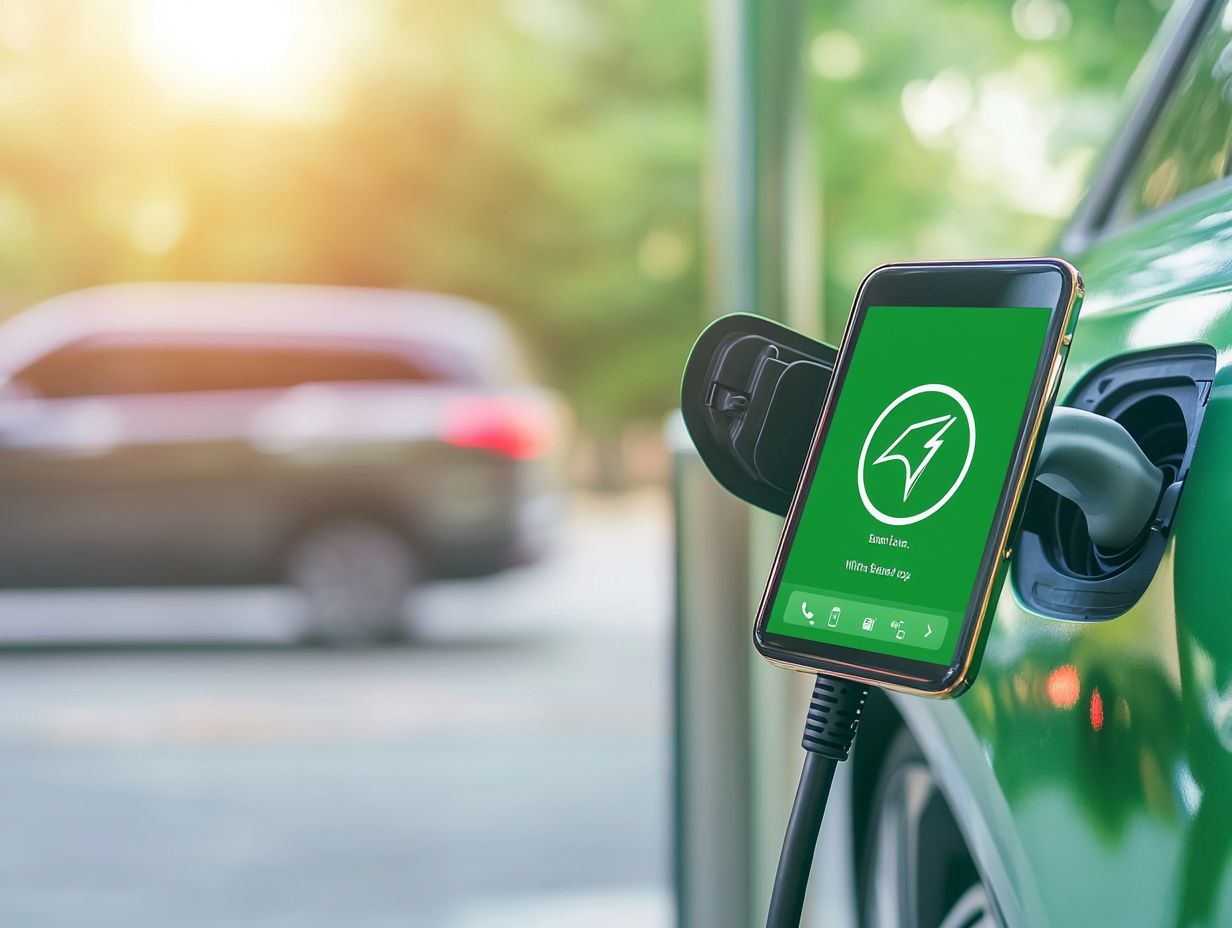
What are electric vehicles?
Electric vehicles, also known as EVs, are cars or other vehicles that run on electricity instead of traditional fossil fuels like gasoline or diesel.
How are electric vehicles reshaping fuel economy?
Electric vehicles are reducing the reliance on fossil fuels and shifting towards a more sustainable energy source, thus reshaping fuel economy.
Are electric vehicles more efficient than traditional vehicles?
Yes, electric vehicles are more efficient, converting over 77% of the electrical energy from the grid to power the wheels. Traditional vehicles only convert about 12-30% of the energy from gasoline or diesel to power the wheels.
Are there different types of electric vehicles?
Yes, there are different types of electric vehicles, including battery electric vehicles, plug-in hybrid electric vehicles, and hybrid electric vehicles.
How do electric vehicles impact the environment?
Electric vehicles have a lower carbon footprint compared to traditional vehicles as they produce zero emissions while driving. However, the production of electricity may still have an environmental impact depending on the source of energy.
What is the driving range of an electric vehicle?
The driving range of an electric vehicle varies depending on the model and battery capacity, but on average, it can range from 100-250 miles on a single charge.

